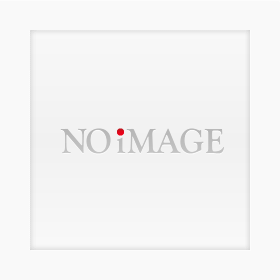CVD coating
CVD (three layers) and TiC treatment available at all times (upon consultation)! The effective dimensions for coating treatment are φ490×800 mm inside.
The term "CVD method" is an abbreviation for Chemical Vapor Deposition, which refers to chemical vapor deposition. This technology involves heating a mixed gas to approximately 1000°C and causing a chemical reaction on the surface of the substrate to deposit materials such as titanium carbide (TiC), titanium carbonitride (TiCN), and titanium nitride (TiN). Even outside the scheduled dates, we have established a system for implementing CVD (three-layer)/TiC treatment, so we look forward to your inquiries. 【Inspection Equipment (Partial)】 ■ Micro Vickers hardness tester ■ Shore hardness tester, Rockwell hardness tester ■ Inverted metallurgical microscope ■ Desktop microscope + energy-dispersive X-ray analyzer ■ Microscope *For more details, please refer to the related links or feel free to contact us.
- Company:中日本炉工業
- Price:Other



